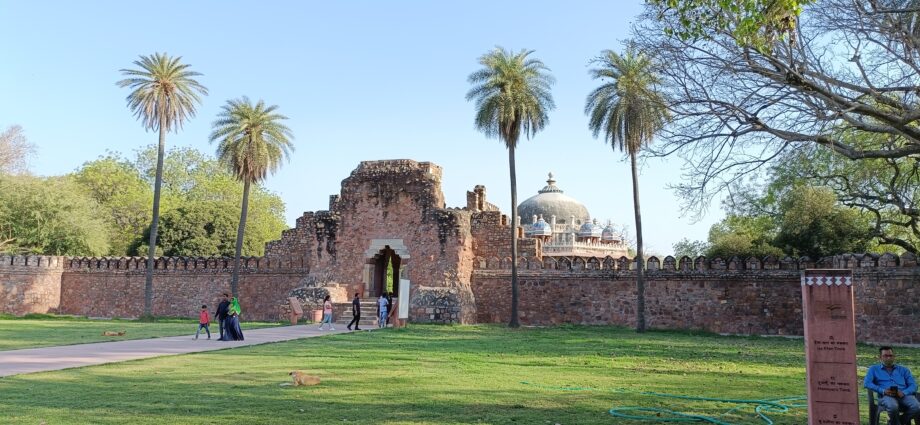By Arghyadip Hatua, India Walkability & Transit Correspondent at Pedestrian Space
Urban life sometimes creates such familiarity that people forget to notice the extraordinary. People pass by beautiful heritage buildings every day in a hurry to reach their offices or schools without noticing them. The heritage of a city communicates the history of that place. A heritage walk is a tool to explore the unexplored and neglected richness of the country. It plays an important role for the development of the history and character of the city through generating interest and involvement of the local community in the urban conservation activity.
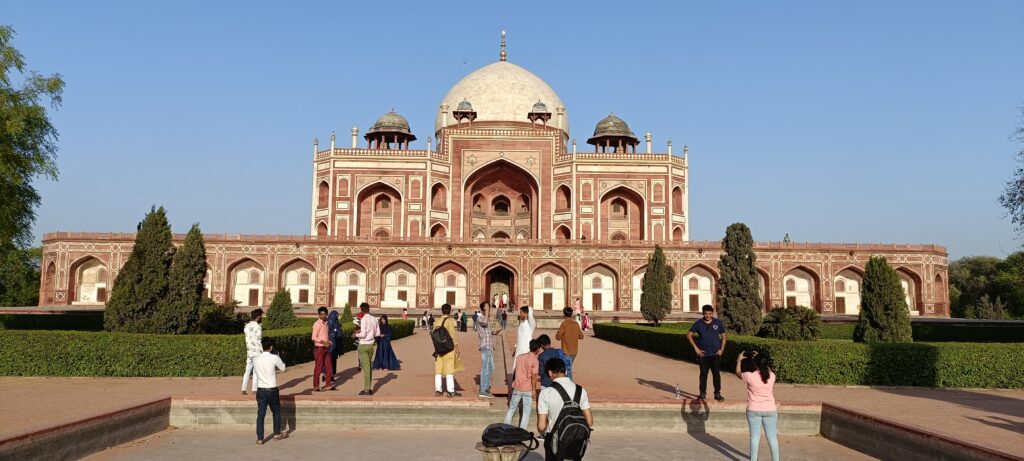
A walkability-friendly environment is crucial in historical towns and cities built with the intention to accommodate pedestrian mobility. As I explored Humayun’s Mausoleum, a UNESCO World Heritage Site, I assessed the physical attributes of pedestrianization in regarding walkability.
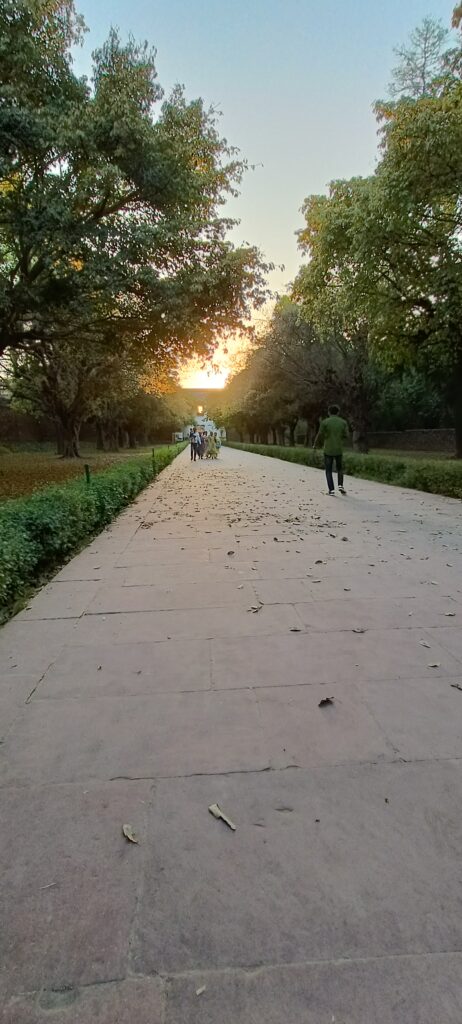
Creating a walkable zone causes less pollution, less usage of fuel for motor vehicles, and a more sociable community. Improved walkability can entice consumers to purchase more local goods and promote greater economic resilience. A wide pedestrian pathway constitutes high-quality walkability. An acceptable width should give sufficient and comfort social space to pedestrians.

The Humayun Tomb is located in Delhi, the capital city of India. The tomb is located in the eastern part of the city. A luxurious monument that reflects the grandeur of the Mughals and is a fine example of their architectural style.

This tomb is a UNESCO World Heritage site (1993), was inspired by Persian architecture and is the first of its kind in India. The exterior dome is white marble and the rest of the building is made up of red sandstone, with white and black marble and yellow sandstone detailing. The height of Humayun’s Tomb is 47 meters, and its breadth is 91 meters.

A heritage walk is a tool to explore the unexplored and neglected richness of the country. It plays an important role for the development of the history and character of the city through generating interest and involvement of the local community in the urban conservation activity.

The Humayun’s Tomb was the first-ever garden-style tomb to be constructed in India. The Tomb stands in the center of Charbagh style of gardens complete with pools linked by channels. The main entrance of the tomb is from the south side, although there is another entrance from the west side as well. Humayun’s tomb is the first garden tomb on the Indian subcontinent.
This historical monument should be on your “must-see” list if you visit New Delhi. In 2010, US President Barack Obama visited this site, as part of his India Tour.
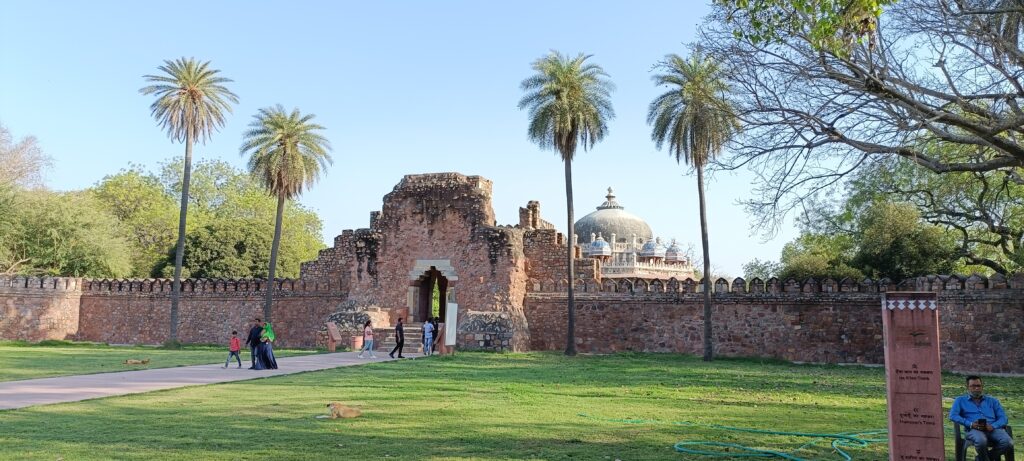
A walkability-friendly environment is crucial in historical towns and cities built with the intention to accommodate pedestrian mobility.
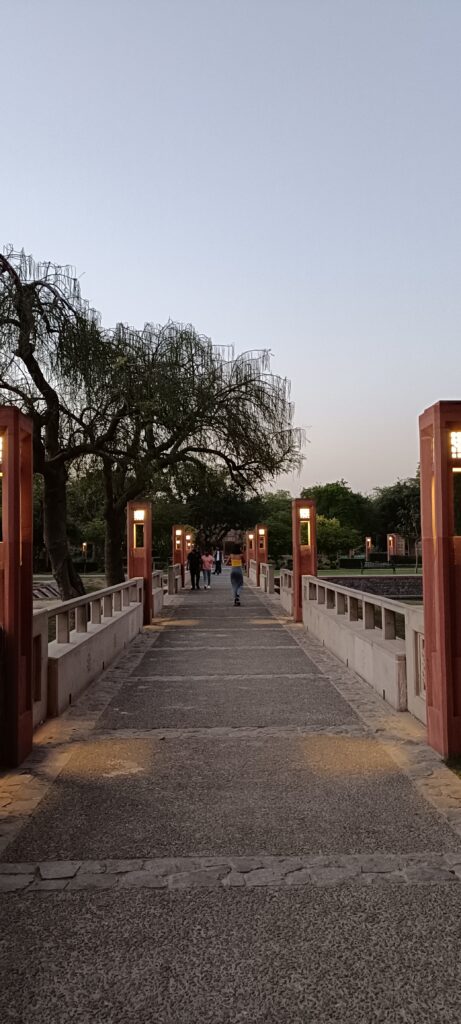
Heritage walks are the best way to learn and recognize our culture, tradition, philosophy, myths and associated rituals. The walk encourages one to look back and reminds us of our rich culture and history, provoking us to think about the existence of every historical structure and place. It also helps in bringing the focus of authorities towards the degrading conditions of heritage places, and promoting their care and restoration.

Arghyadip was born in Kolkata, the ‘City of Trams’ in India. He is a Public Transport and Urban Policy enthusiast and Advocate. He aims to start a revolution for tramways and walkability in Kolkata as well as broadly in India.
Read India Correspondent Arghyadip’s content here
Read more about the Global Walkability Correspondents Network here

